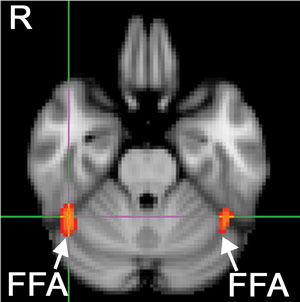For women, there was no relationship between arm size and support for redistribution. For men, however, there was a statistically significant relationship, even controlling for political ideology. In other words, regardless of whether you considered yourself liberal or conservative, your arm size was a good predictor of your support for economic redistribution. The relationship wasn't linear, though. For men of (self-reported) below average socioeconomic status (SES), support for redistribution increased with upper body strength, while for men of above average SES, it decreased that support. You can see that in the charts below (from Petersen et al's Figure 1, representing marginal effects from their Ordinary Least Squares model).
The asymmetric war of attrition model of animal conflict predicts that animals use advantages in fighting ability to bargain for increased access to resources. Equally, it predicts that attempts to self-interestedly increase resource share should not be initiated when at a competitive disadvantage. The findings reported here show that this model generalizes to humans, successfully predicting the distribution of support for, and opposition to, redistribution in three different nations.I have to admit that the "asymmetric war of attrition model" sounds pretty cool, but also somewhat vague, particularly when it comes to mechanisms, a fact that Petersen et al. admit when they write, "the findings of this study are silent with regards to the precise proximate variables that mediate between upper body strength and psychological traits." Whatever gets males from "asymmetric war of attrition" to arm size mediating political views, though, this provides yet another piece of evidence that our politics are less well thought out than we like to think. I mean, it's not like our arms predict better or worse political reasoning, right? Particularly since the effect of arm size on support for redistribution is dependent on one's SES (suggesting that the key here is self-interest) and gender, and is independent of political ideology.
1 Petersen, M. B, Sznycer, D., Sell, A., Cosmides, L., & Tooby, J. (in press). The ancestral logic of politics: Upper body strength regulates men’s assertion of self-interest over economic redistribution. Psychological Science.






